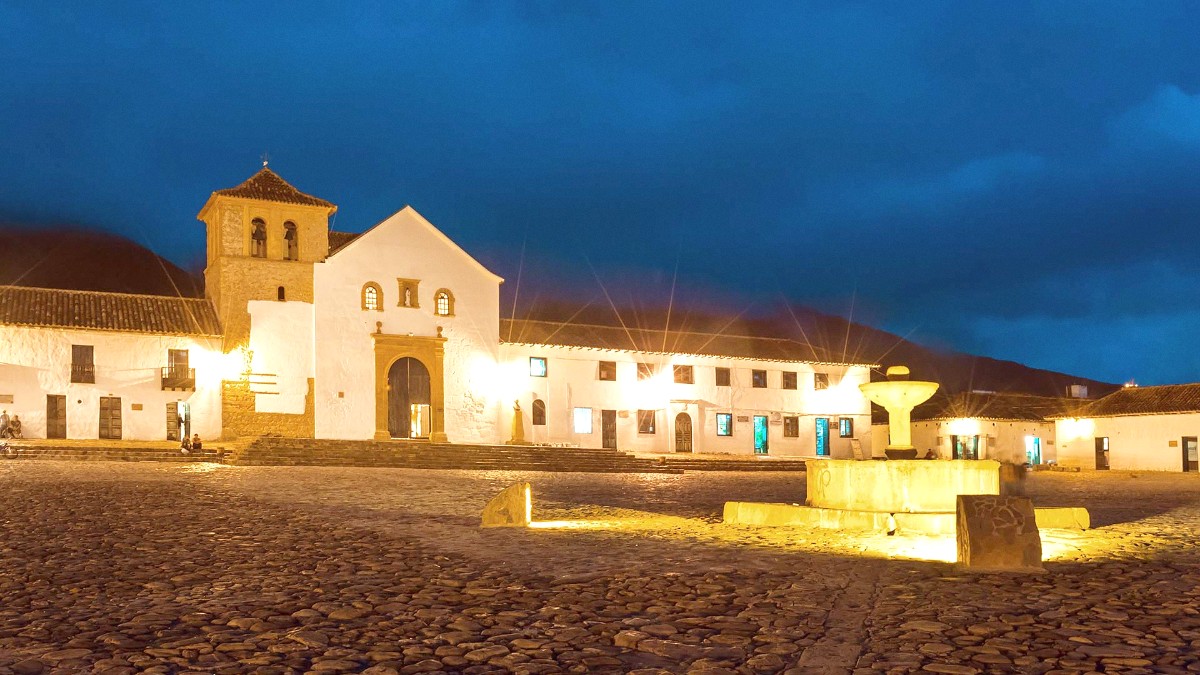
Colombia
Pereira's cuisine mirrors the broader Paisa region. Food here is hearty and flavorful, often rich in calories. This reflects the demanding physical labor historically tied to coffee farming. The food uses local produce like plantains, corn, beans, and various meats. It embodies a spirit of generosity.
Staple foods include rice, red beans (frijoles), corn (often as arepas or mazamorra), plantains (plátano), potatoes (papa), and avocado. Beef, pork, chicken, and chorizo are common protein choices. Cilantro, onion, garlic, cumin, and achiote (for color) add depth to dishes.
The region is home to many tropical fruits. Look for mango, papaya, passion fruit (maracuyá), lulo, guanábana, and tree tomato (tomate de árbol). These appear in juices, desserts, and as fresh side dishes.
While Paisa cuisine dominates, Pereira, a regional hub, also has a broader variety of Colombian regional dishes. You can find influences from the Caribbean coast or the Pacific. A growing number of international cuisine choices are also available.
Most eateries have a casual atmosphere. Fine dining places ask for slightly more refined clothing.
The iconic Paisa platter. A large dish with white rice, red beans, ground beef, chicharrón (fried pork belly), a fried egg, chorizo (sausage), avocado, and a small arepa. Often served with sweet plantain. Found in most traditional Colombian restaurants.
A truly filling meal!
Originally from Bogotá, this hearty chicken and potato soup is widely available. It contains three types of potatoes, corn on the cob, and guascas (a local herb). Served with capers and cream on the side.
Perfect for a comforting meal.
A traditional soup with various meats (chicken, beef, or fish), root vegetables (yuca, potato, plantain), corn, and herbs. Variations exist, like Sancocho de Gallina (chicken) or Sancocho de Pescado (fish). A comforting and filling dish.
A true taste of home cooking.
The region's most famous product. Try a freshly brewed, strong, and aromatic coffee. Order a "tinto" (small black coffee) or a "café con leche" (coffee with milk).
Made from local tropical fruits. Choices include mango, papaya, lulo, maracuyá (passion fruit), guanábana, and mora (blackberry). Order them with water (en agua) or milk (en leche).
Mostly in the Circunvalar area. These establishments feature modern Colombian cuisine or international fusion dishes. Ambar and Latino Cocina Peruana offer refined dining experiences.
These are throughout the city, especially in El Centro and Circunvalar. They offer a variety of Colombian and some international dishes. Look for "restaurantes" or "asaderos" (grill houses).
Small, unassuming "Corrientazos" or "Menu del Día" restaurants offer economical fixed lunch menus in El Centro. Street vendors in plazas and parks sell popular snacks like empanadas and arepas.
Mainly a fresh produce market, but you find small eateries serving traditional food inside. An authentic experience.
Good for fresh ingredients and local atmosphere.
This modern shopping mall has a large food court. It includes international fast food chains and some Colombian choices, giving varied options.
Convenient and with wide choices.
Pasta, pizza, and more.
Ceviche and other specialties.
Tacos, burritos, and more.
Sushi, stir-fries, and diverse options.
Use Google Translate or a Spanish phrasebook to express your dietary restrictions.
Clear communication is .
Seek out larger, more international restaurants; they often have better understanding and accommodation for dietary requests.
Specialized places are best.
Even with naturally gluten-free items, kitchens may have risks of cross-contamination. Always speak to the staff.
Some coffee farms or specialized tour operators feature cooking classes. These classes focus on traditional Paisa cuisine, giving you a chance to learn local recipes.
The main culinary experience in the region. Learn about coffee growing, processing, and tasting from bean to cup. Many fincas have tours (e.g., Hacienda Combia, Recuca).
Visit local markets, like Plaza de Mercado, to explore the many tropical fruits and other local produce. A sensory experience.
Food tours might be available, often combined with a city walk or market visit. These give a guided introduction to local flavors.
Ask local tourism offices for guides.
The Plaza de Mercado is a good place for fresh produce and small, local food stalls serving traditional food.
Experience authentic local life.
A few Spanish phrases for ordering food or describing dietary needs can greatly improve your dining experience.
Many smaller eateries and street food vendors only take cash, so have some Colombian pesos ready.
Try new fruits, dishes, and street foods. Some of the best culinary surprises come from local vendors.
Exploring Pereira's food scene goes beyond just eating; it is an immersion into local life. Do not hesitate to ask locals for their favorite spots.